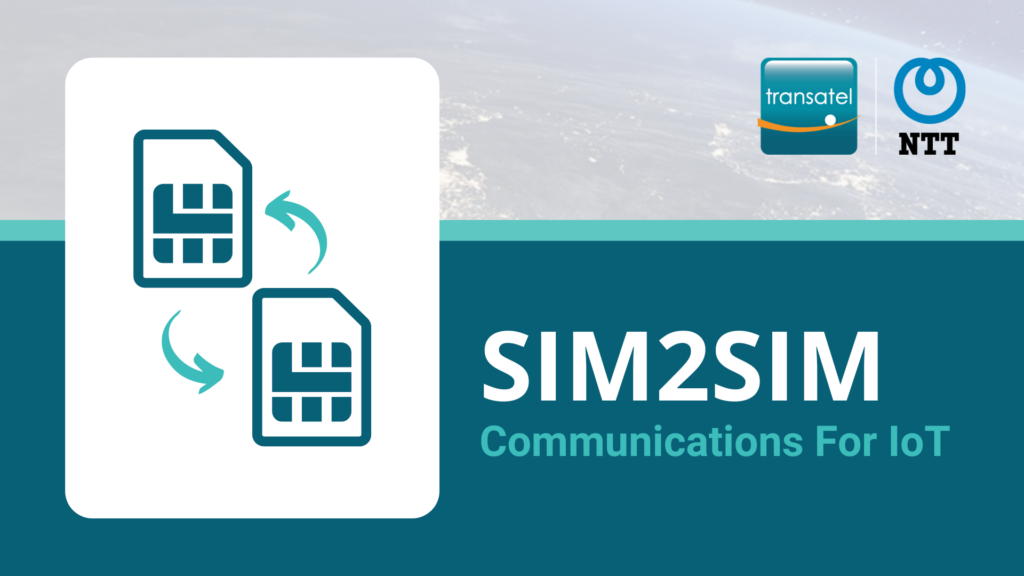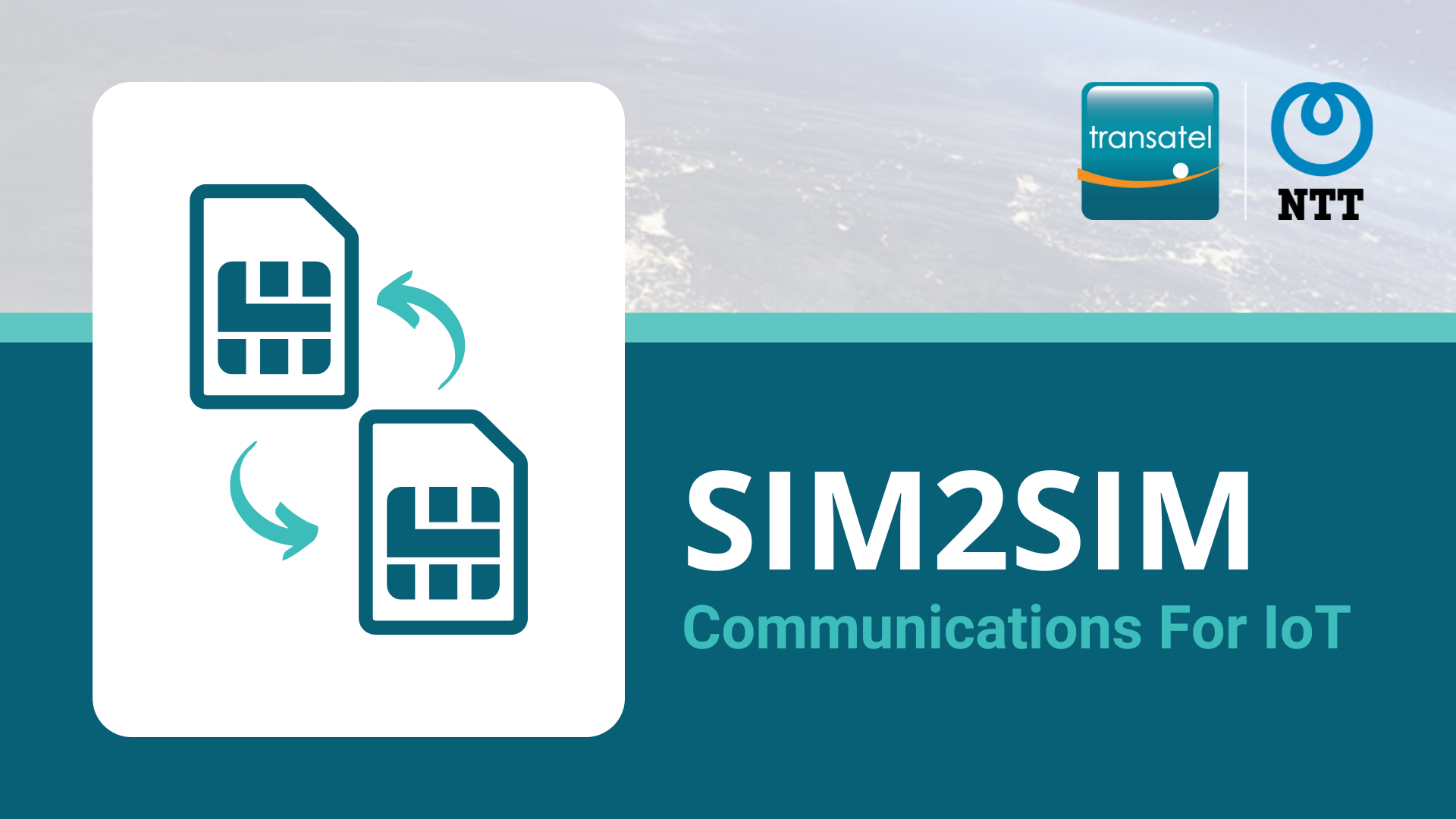
Two-way SIM2SIM communications are essential for multiple IoT use cases. IoT SIM cards are typically engineered to initiate connectivity, enabling the transmission of information to a server. However, for many push use cases such as remote firmware updates and display updates, the server needs to initiate connectivity to send information to the SIM card.
Traditional cellular connectivity plans, like those used in standard mobile phones, rely on dynamic, private IP addresses that are “NATed” (Network Address Translation) by default. This means the actual IP address of your phone is concealed behind one that is shared by numerous other mobile devices, rendering it unreachable from the Internet. This configuration effectively safeguards your phone from external threats, such as hackers and malware, by obscuring its true IP address.
In the context of IoT, the ability of servers to establish connectivity with SIM cards is crucial for maintaining updated and secure devices. This requires a departure from the conventional NATed IP address model to ensure seamless and secure communication between servers and IoT devices.
What about your secure IoT devices that require remote connectivity?
Consider a scenario where a technician needs to remotely configure a digital advertising screen using a tablet. In France, recent government regulations require airports and train stations to turn off their digital advertising screens at night. This mandate impacts major players such as SNCF and Paris Aéroport, which have pledged to reduce their energy consumption by 71% by 2030. Traditionally, the “old-school” approach would involve sending a technician on-site to update these panels. However, this method is costly and time-consuming. Consequently, digital advertising companies are exploring more efficient ways to manage their assets remotely.
Electra-Media Inc. (EMI), a leading provider of digital outdoor advertising displays, exemplifies this shift. EMI has recently partnered with software provider TeamViewer to deploy a device management tool that enables remote access and management of their screens.
While this represents a significant advancement, an even more streamlined solution exists. By assigning a private static IP address to two SIM cards, IoT devices can communicate directly with each other, bypassing the need for internet access. This approach not only simplifies the remote management process but also enhances security, offering a robust alternative for companies looking to maintain their digital advertising efficiently and securely.
Seamless Plug-and-play solution for remote device access to your devices
Transatel’s SIM2SIM capability enables the insertion of SIM cards into both a tablet and a screen, facilitating direct communication between them. This allows technicians to easily proceed with remote updates.

This solution establishes a direct link between a source device, enabling a 2-way communication. It requires no complex system integration and can be activated simply from our connectivity management portal SIM by SIM without the need for complex IT integration.
This solution is perfect for you if you can describe your IoT project as follows:
- Limited SIM Management: Suitable for projects requiring remote access to a few SIMs.
- Immediate Activation: Ideal for those needing instant service deployment.
- Direct Device Link: Necessary for projects requiring a direct connection between devices.
The SIM2SIM solution facilitates communication between two devices equipped with SIM cards using external IP addresses while staying on the internal IP network.
SIM2SIM Communications & Private Static IP Addresses:
This method enables remote communication with devices through private static IP addresses. Once assigned, the unique IP address for each device equipped with Transatel SIM cards remains static, simplifying access to your connected devices. This approach offers several significant advantages over fixed public IP options:
1. Enhanced Security: Private static IP is not exposed over the public internet and therefore adds a layer of security for your IoT communications
2. Private Static IP Addresses: By avoiding exposure to malicious network scans, private static IP addresses help prevent unexpected data consumption that can lead to significant extra costs, especially if your average data usage is low.
3. Cost Efficiency: Public IP addresses are a limited and expensive resource. Utilizing private static IPs can be more cost-effective, thereby enhancing your return on investment (ROI).
Step-by-step process to integrate Transatel’s solution for SIM2SIM communications
1. Insert a Transatel SIM card into the device you want to reach remotely
2. Insert another Transatel SIM card into the terminal that you will use for remote access
3. Go on our SIM management portal and choose the SIM2SIM option from the list of available IP options to activate the solution
4. You can then collect your device’s static private IP address in the data session information section on our portal.

You are all set and can now communicate with your device remotely securely and simply!
To learn more about the SIM2SIM solution and other static IP products by Transatel and get the pricing, ask our experts easily via the Contact Form or refer to our Knowledge Center here.





